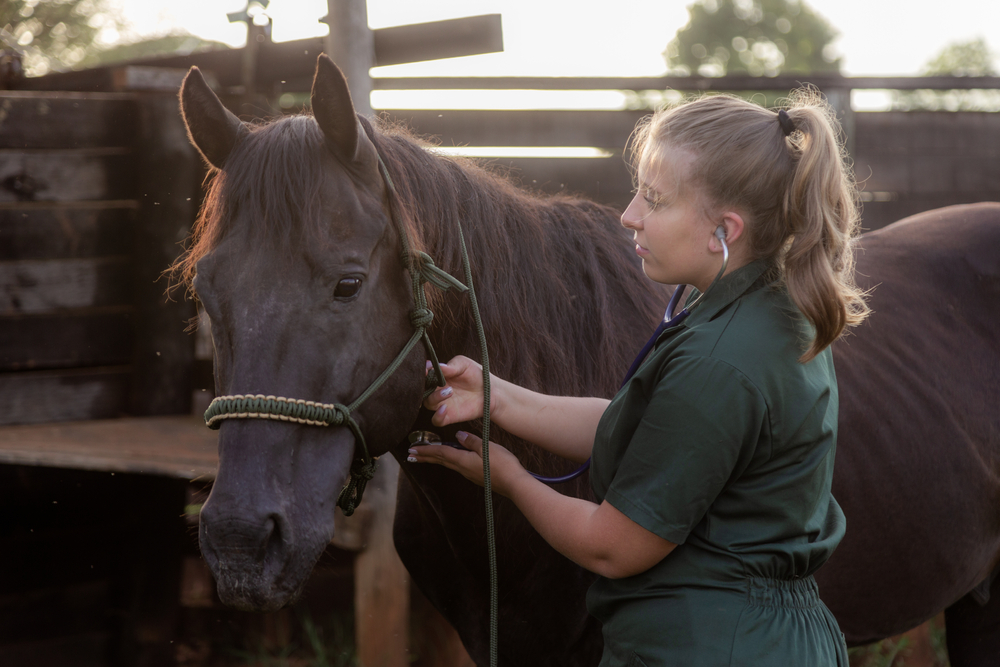Animals do best in pristine environments. When we protect wilderness areas, we get more animals, and the ecosystem stays healthier than developed land.
But human influence is growing — and for the planet's biggest animals, these protected areas could one day be the only land they have left.
Big animals like elephants and cheetahs need big spaces to find food without competition, to avoid predators and to find healthy mates. But these days, uninterrupted ecosystems like that are getting smaller. From 2000 to 2013, these landscapes shrank by more than 7 percent all over the world. Roads and deforestation in unprotected wilderness are slicing off bits of their range.
In response, we're protecting more wilderness than ever before. Governments and conservation groups have set targets to protect big chunks of land and sea by 2020. In the U.S., President Obama has protected more land than any other president.
And the number of protected areas worldwide has been climbing this decade. Conservationists hope that if it keeps up, these areas will feel less like a last resort for the animals who live there — and more like a home.




 Climate Change Threatens Snow Leopards Even More Than Humans
Climate Change Threatens Snow Leopards Even More Than Humans






